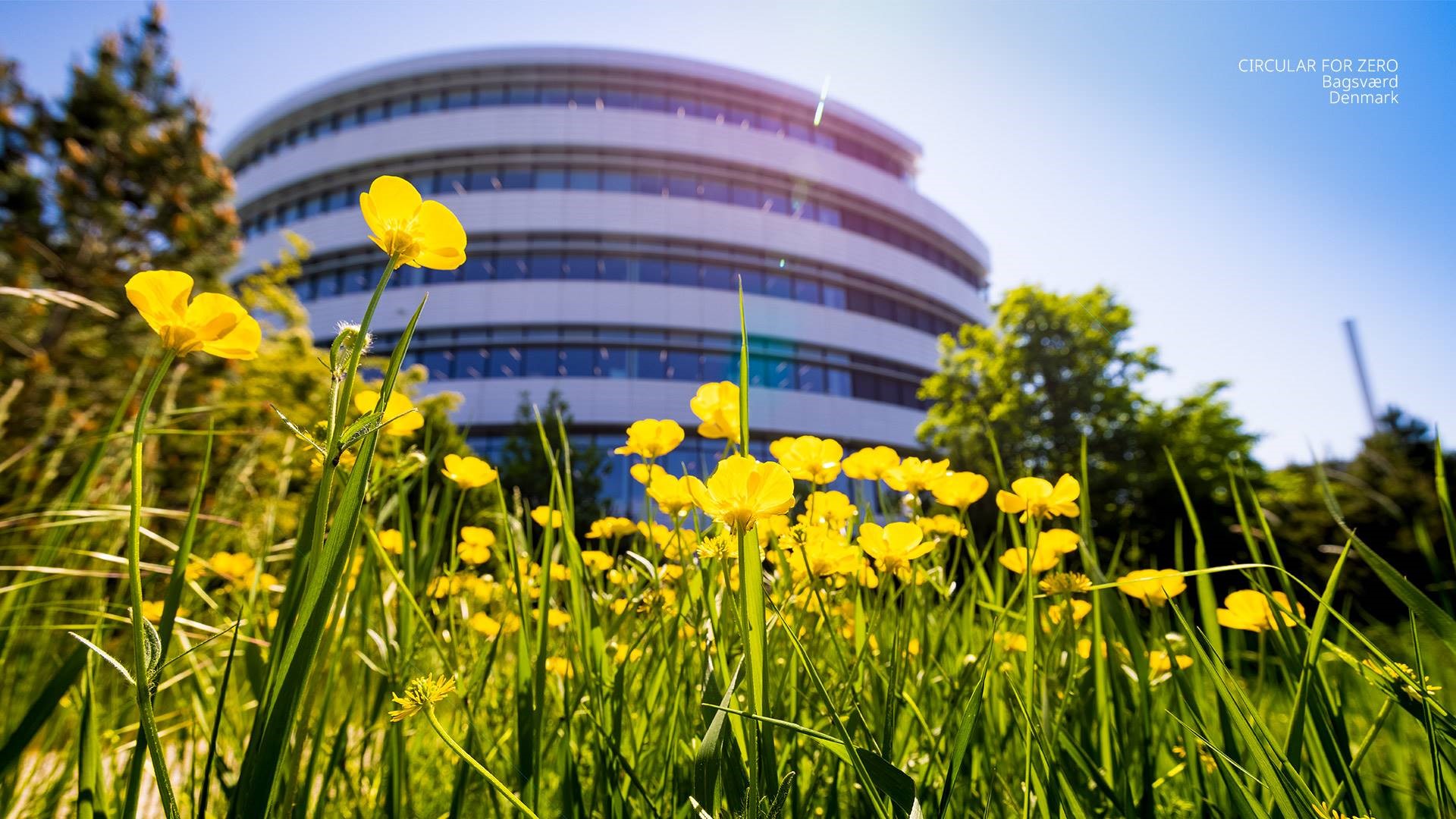
At Novo Nordisk, we depend on nature to serve our patients, from the agricultural raw materials and water that help make our life saving medicines, to the metal, glass and plastic that go into our injection pens. We recognise the need to address our impacts on nature to protect our business against the risks arising from nature loss.
We have assessed our impacts and dependencies across our value chain; from suppliers to our own operations, and downstream. This has shown that our most material issues include land-use, water-use, and biodiversity at our sites.
In the short term, alongside our wider Circular for Zero strategy, we are acting on all these topics. However, we know this isn’t enough, and are developing our long-term strategy that will align our efforts with the Global Biodiversity Framework and mitigation hierarchy.
Novo Nordisk depends on land-based activities within our supply chains to provide raw materials: glucose from agricultural crops is used in our production; mining produces the ores and sands that form the steel and concrete used in our facilities and equipment; while forestry produces the paper and cardboard for our packaging to ensure safe delivery of our products.
Global supply chains are complex, so as a starting point we are working with our suppliers on traceability and transparency of supply chains. Focusing on materials and sourcing regions which have the highest impact on nature and land use. Additionally, a key component in our Circular for Zero strategy is using circular principles to minimise our use of resources and this is key to reducing our land footprint.
Novo Nordisk depends on access to freshwater for production of our product, and we have operations in areas characterised as high-water stress (World Resource Institute, Aqueduct 4.0). Water is also a key input to many commodities in our supply chain. Freshwater is a key component of our plan to improve nature and biodiversity, with a focus on those sites and supply chain locations that are in areas of high-water stress.
To mitigate our impacts, we strive to use water more efficiently. We aim to design our processes to reduce, reuse and recycle water whenever possible and we strive to better understand the water footprint of products in development.
We understand that our operations depend on and impact local ecosystems. To better understand our potential impact, we have screened our sites for proximity to biodiversity sensitive areas. With these results we are working with local experts, stakeholders, and a range of tools to refine the assessments. This will enable us to identify opportunities for impact mitigation and set tangible targets for improvement.
The need to preserve and restore nature is urgent, and collaboration and partnerships will be key to ensure real impact. We will also need to go beyond our own value chain to regenerate or restore nature. External partnerships are being explored, to facilitate collaborations with both local and global actors as local communities, NGOs, peers, and authorities.